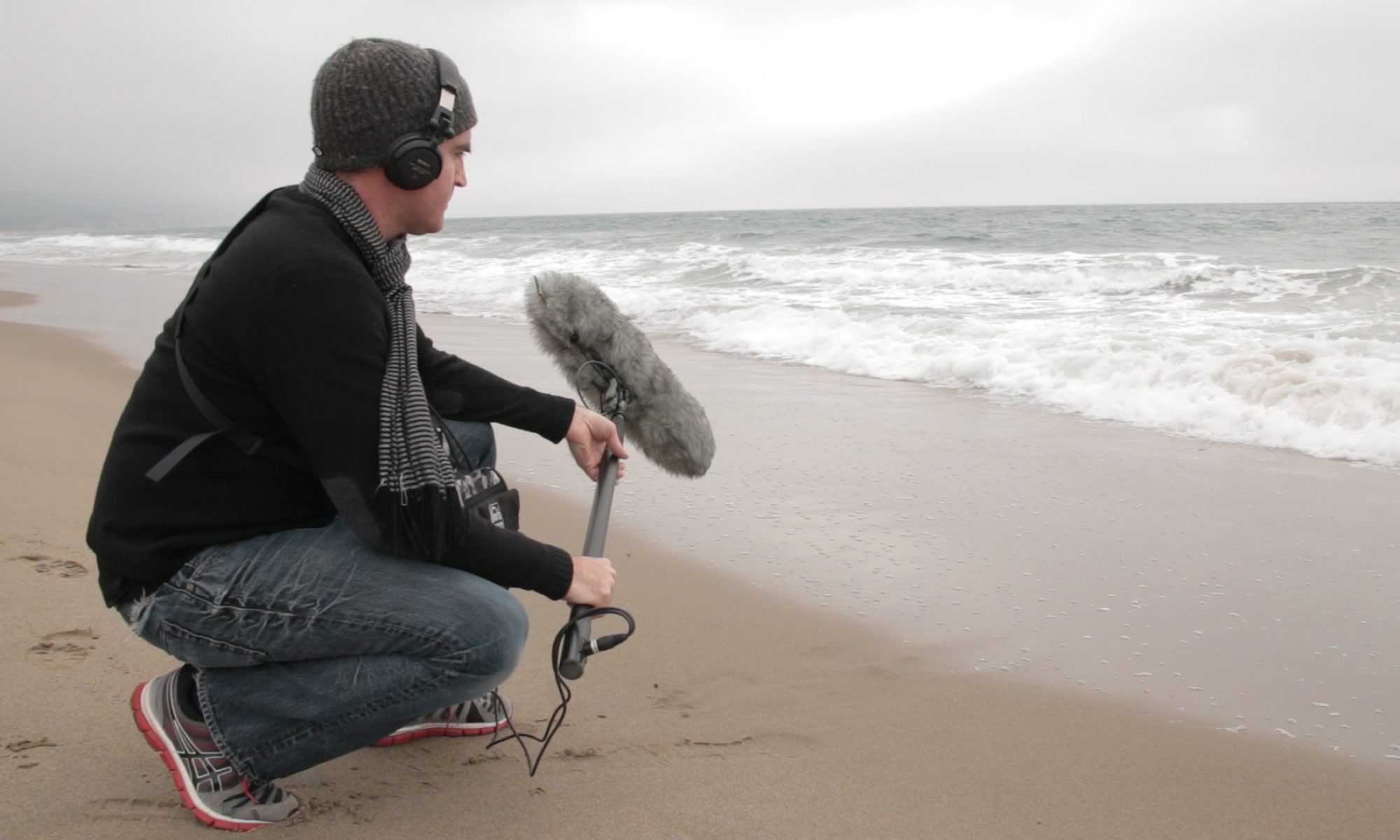I just returned home from the National Association of Music Merchants (NAMM) show this evening before sitting down to write this post. It’s one of several conferences that I try to attend every year (although the Audio Engineering Society conference is the most relevant to my field). Anyway, in spite of the usual long-haired metal heads that seem to be living in a 1980s, Sunset Strip time bubble, there were actually several new trends at the show. One of those trends was definitely a greater emphasis on education.
The influence of video training sites like YouTube, Groove3, and Lynda.com is starting to have a noticeable impact on the audio engineering industry (and on the media production industry in general). You can see it in many of the booths at NAMM. Traditionally, manufacturers would present a well-choreographed demonstration that made their product look fast and powerful, but was very difficult for novices to follow. These days, manufacturers are actually presenting meaningful tutorials that are slower-paced and accessible to everyone. They take the time to explain concepts, and they may even have the camera zoom in on elements of the software or hardware interface to make sure everyone can see what’s going on. And the crowds are eating it up. Don’t get me wrong, their primary goal is to sell product. But the focus on education through accessible demos is a clear sign that the industry has shifted its focus to the current generation of autodidacts that make up their growing customer base.
And I chalk it all up to a generation of musicians and audio engineers that have learned most (perhaps all?) of their skills from online videos. The value of video-based training is something that I recognized several years ago. As a result, I’ve been making YouTube videos for my students for some time now. And I just completed a game audio tutorial series for Groove3, a subscription-based video training site that specifically caters to musicians and audio engineers. I personally believe that these videos are essential for my online course sections, and are also a nice “value add” for students in my brick and mortar courses.
I try not to duplicate course materials in my online lessons, and the videos are a perfect to way to expand upon the concepts presented in the course textbooks without simply writing a bunch more text. It’s also a way for me to inject something of my personal take on various topics; this permits me to offer the online students an experience that is more similar to attending my classroom lectures. I try to make the videos as concise as possible, with a quick pace and tight editing. This may seem to contradict my previous statement about accessibility, but you have to remember that viewers can pause, rewind, and replay videos at their leisure. Also, cutting out the pauses and “ums” and “uhs” makes me seem smarter that I really am. So that’s good…
Overall, I think the videos are some of the best and most meaningful work I’ve done in the last couple of years. And recently I’ve stated asking students to create their own videos as a means for submitting class assignments. It’s actually very helpful and enjoyable to see students visually present and verbally describe their work. In addition, the skills they are developing by producing the videos will be useful not matter what they do down the road.
